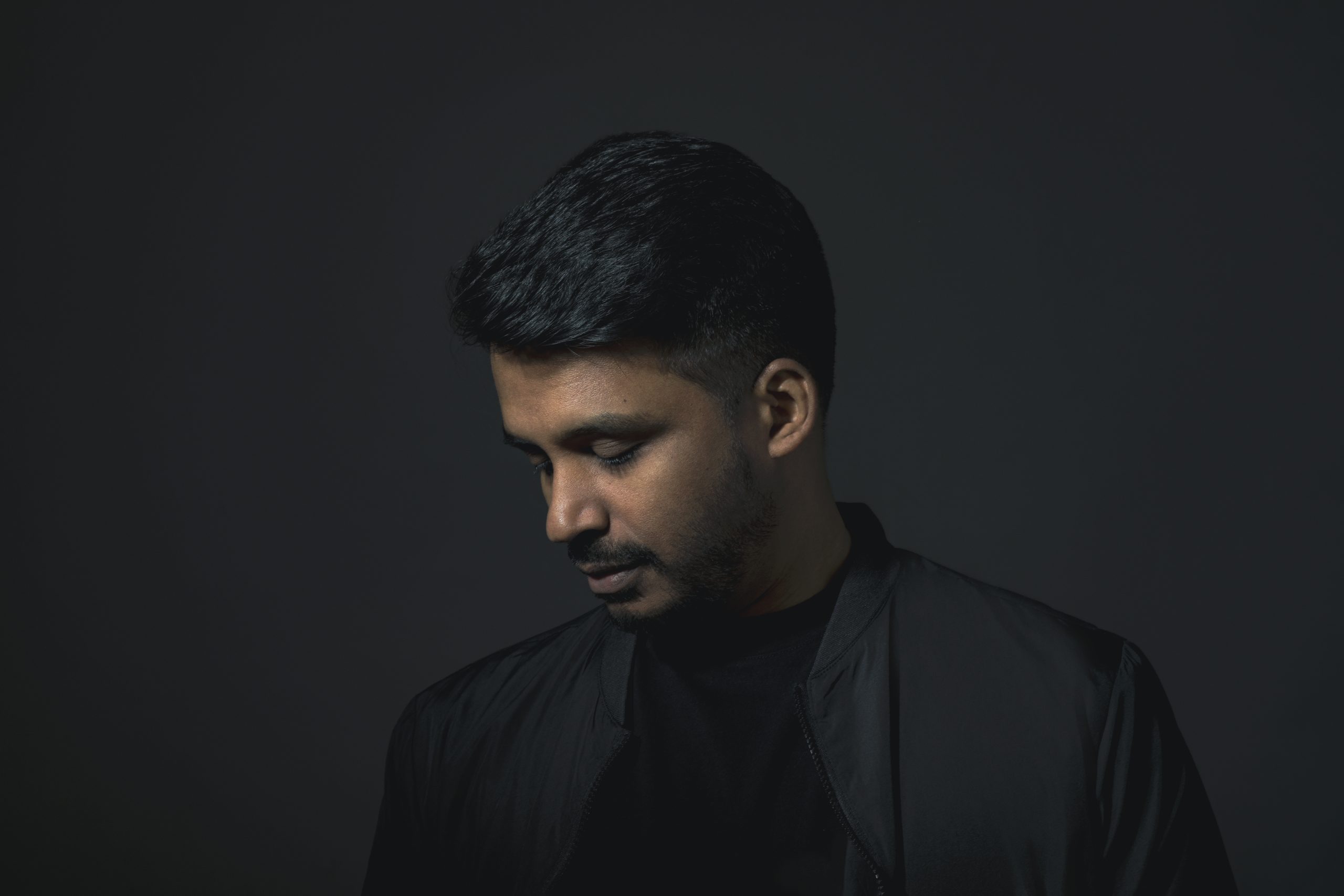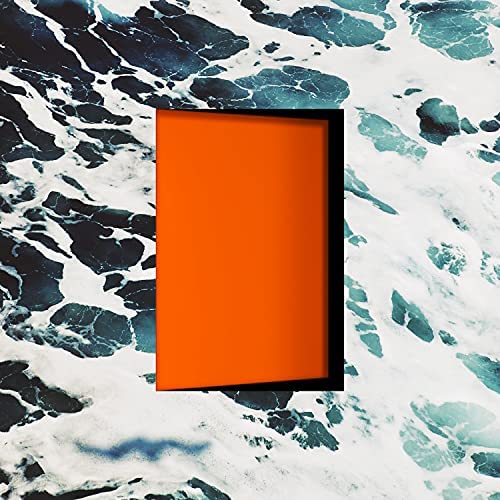Dâm-Funk experiments with the soul of his sound on latest EP, ‘Architecture III’
Image: Glydezone Recordings
Over the course of the past few years, prolific Californian producer Dâm-Funk has been preoccupied with the structural core of the sounds that inform his music. What these experiments have produced is a trilogy of EPs that see the artist unlearning, relearning and reformulating the codes of house music, a complete immersion into the fabrication of the style that is simultaneously an attempt to understand its history but also to presage its future. Fittingly titled Architecture, the series of EPs reflect on the various Black dance music styles that have come to inform house, such as disco, boogie, and of course, funk. The final edition in the series, Architecture III released via his own Glydezone Recordings, closes the series with Dâm-Funk zoning in on the percussive motifs of the sub-genres that have come to fill his classic funk releases.
While Dâm-Funk’s music has become synonymous with boogie, being full of rhythmic keys and strings, Architecture III strips away the flourishes and instead is enamoured with bass and beat. Trading the boogie instrumentation for spacey, ambient synth washes, Dâm-Funk presents a collection that may best be described as “minimal funk.” Night Kruise throws us a ridiculously groovy bassline, set against minimal percussion and glowing ambient synths that provide a reflective, ethereal note to a sound that is otherwise grounded and earthy. There are a few instances of these juxtapositions throughout Architecture III’s six tracks. Feel operates in a similar fashion, but in dialling up the percussion it is the ambient elements that begin to feel distinctively funky. The EP holds your attention in the way it reveals Dâm-Funk’s usual palette being put to work in an entirely new way. Opening track Grow sets the tone for this, with an infectious funk beat that is at once recognisable for the artist but dressed differently, repurposed as something outside of what we may expect in the milieu of a Dâm-Funk track.
In line with its namesake, the EP also sees the artist play with the structure of his music. Here it is hypnotic and rolling, an extrapolation of four-on-the-floor to the point of ambience. Think presents a good case for this. The track is carried by a lithe, subtle beat and pulses with a bass riff that is entirely familiar to Dâm-Funk’s work. The track doesn’t evolve much beyond this, and what becomes apparent is that this is Dâm-Funk exploring the sound of his bass by placing it against the unfamiliar landscape of micro-house. In fact, most tracks on the EP see the artist placing his familiar devices against sparse backdrops, as if observing their potential to transform and evolve beneath a microscope. The results may not always be groundbreaking; Architecture III and perhaps also its predecessors don’t necessarily propose anything significantly new in terms of its sound or beat-making, but when considered in the context of Dâm-Funk’s body of work they become an essential documentation of the artist’s excessive study into the anatomy of his subject matter.
As micro as some of the tracks are, an embodied response to the groove that always pulses beneath is impossible to avoid. In filtering the funk DNA of house music through a minimal lens, Dâm-Funk’s tracks maintain the cool swagger of its roots. This is perhaps inescapable, and looking closer one might assume this was the be point all along. By transposing the core elements of funk onto the austerity of Eurocentric minimalism, Dâm-Funk proves how the ridiculously stylish groove of Black dance music will always be the soul of the sound, no matter how it is appropriated or restructured.
Listen to Architecture III below.
Follow Dâm-Funk:
Facebook | Twitter | Instagram | Soundcloud



